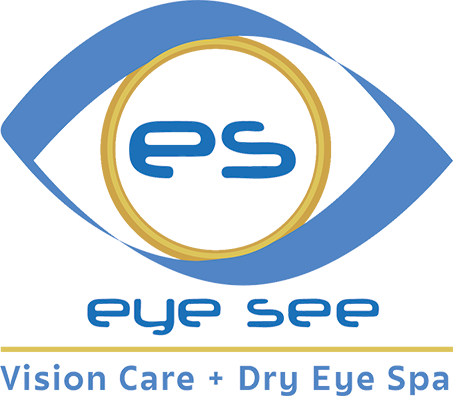
Chronic Dry Eye is a persistent condition that occurs when the eyes fail to produce enough tears, leading to a constant feeling of dryness and discomfort. Understanding chronic dry eye is essential because it can help you identify the condition early and take necessary steps to manage it effectively.
What Causes Chronic Dry Eye?
The causes of chronic dry eye are varied and often intertwined. One of the primary causes is the natural aging process. As you age, your body's ability to produce tears decreases, leading to drier eyes. Hormonal changes, particularly in women during menopause, can also lead to chronic dry eye.
Another cause is the use of certain medications. Drugs, such as antihistamines, antidepressants, and certain blood pressure medicines, can reduce tear production. Medical conditions that affect your ability to make tears, like diabetes, rheumatoid arthritis, lupus, and thyroid disorders, can also cause chronic dry eye.
Another critical factor contributing to chronic dry eye is Meibomian Gland Dysfunction (MGD). The meibomian glands are tiny oil glands located along the edge of your eyelids. These glands produce a thin layer of oil that prevents your tears from evaporating too quickly. In cases of MGD, these glands become blocked or dysfunctional, leading to a shortage of oil in your tears. This causes your tears to evaporate faster, resulting in chronic dry eye.
Recognizing the Symptoms of Chronic Dry Eye
The most common symptom is a persistent dryness in your eyes. Other symptoms can include a stinging or burning sensation, redness, light sensitivity, and blurred vision.
In some cases, chronic dry eye can paradoxically cause excessive tearing. However, these tears lack the oils needed for proper lubrication, and the excessive tearing doesn't alleviate the dryness.
Another symptom to watch out for is the feeling of having something in your eyes. This foreign body sensation can be particularly bothersome and is often worse in windy or smoky conditions or in places with dry air, such as an airplane cabin.
Strategies for Alleviating Chronic Dry Eye Symptoms
One of the simplest ways to alleviate dry eye symptoms is by using artificial tears or lubricating eye drops. These products can provide temporary relief from the dryness and discomfort associated with chronic dry eye.
Another strategy is to address environmental factors. This might involve increasing the humidity in your home or office, wearing sunglasses outdoors to protect your eyes from wind and dry air, and taking regular breaks when doing long tasks that require visual focus, such as reading or working at a computer.
In more severe cases, your doctor might recommend treatments such as prescription eye drops, in-office therapies, or tear-stimulating drugs to help your eyes produce and retain more tears.
When to See an Optometrist
While lifestyle changes and over-the-counter remedies can help manage chronic dry eye symptoms, it's crucial to know when to seek professional help. If your symptoms persist despite your best efforts, it's time to consult an eye care professional.
In addition to providing a definitive diagnosis, an optometrist can offer treatment options, and monitor your condition over time and adjust your treatment plan as necessary.
Navigating Chronic Dry Eye Effectively
Living with chronic dry eye can be challenging, but with the right knowledge and tools, you can manage your symptoms and improve your quality of life. Understanding the causes, recognizing the symptoms, and implementing effective strategies for alleviating the discomfort are crucial steps towards navigating this condition.
If you are experiencing symptoms of chronic dry eye, schedule an eye exam with our professional at Eye See Optical at our office in Kensington, Maryland. Please call (301) 881-6232 to discuss treatment options or to book an appointment today.








